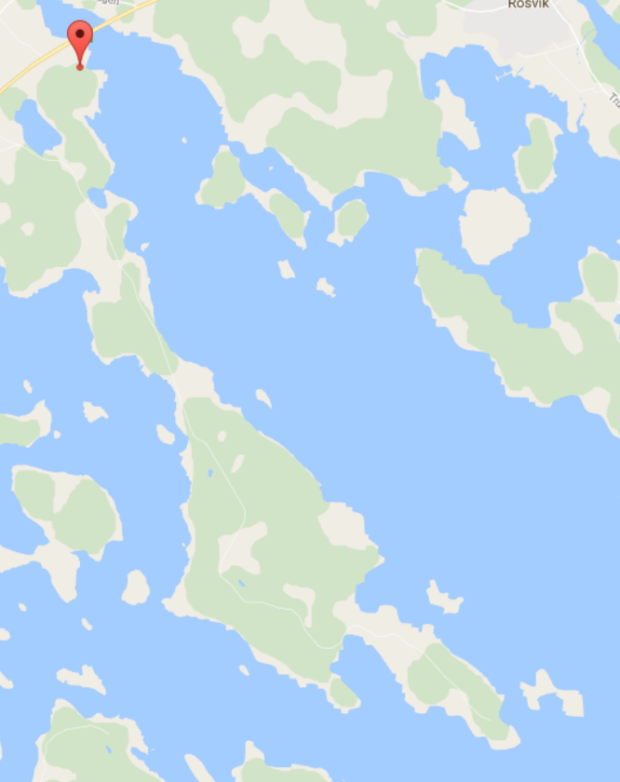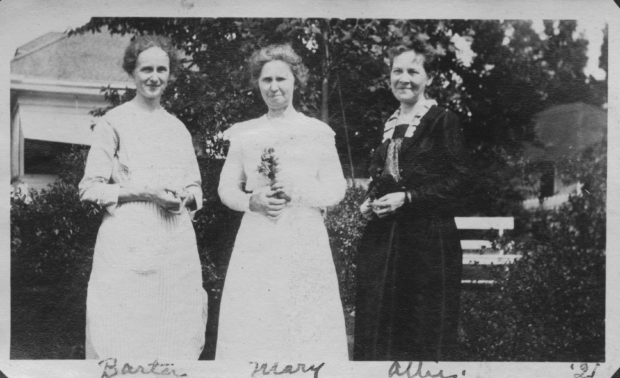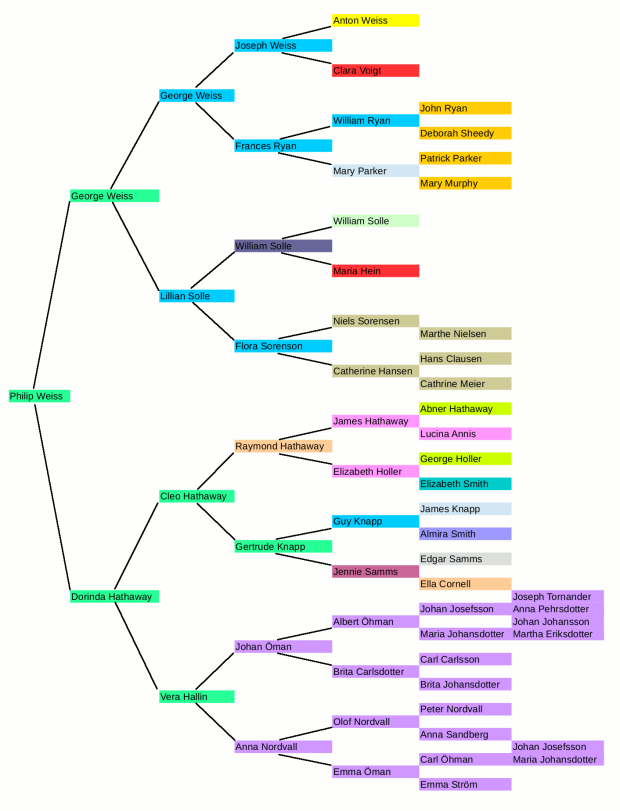It looks like there’s going to be a lot on the ballot for the 2016 Washington general election, so I’m going to get started early on reading up on measures and candidates. These posts are not endorsements exactly, though some will end up being just that. Keep in mind that I am a liberal and I am not going into these posts unbiased looking for the ultimate correct answer.
First up, is Initiative 1464 which bills itself as the Washington government accountability act. It’s not really a general government accountability act. It’s a campaign donation accountability act at best.
The headline feature of the initiative is a form of public finance for state legislative and executive campaigns. I don’t hate the program, but I suspect it’s not going to have a transformative effect in Washington politics. The Democracy Credit Program lets each voter in the state make $50 donations to three candidates where the money comes from the program rather than the person’s own pocket. To be eligible to receive these funds, a candidate has to collect 75 small donations from voters within their district.
Reading a summary of Initiative 1464 for the state legislature, it appears that candidates have to forego all contributions besides the 75 qualifying ones. It’s for this reason why I don’t think this will have a transformative effect. Candidates who can collect enough contributions through the current system are going avoid the new program. The Democracy Credit Program is a lot more work, because it requires that candidates spend a lot of time cajoling people to give them one of their three $50 contributions. I think a lot of candidates would rather spend their time convincing people to vote for them. Smaller candidates may well jump on the bandwagon. But from the elections I’ve seen, they have less well thought out and comprehensive platforms, so we’ll be giving money to fringe candidates and not affecting how mainstream candidates fund raise.
The Democracy Credit Program would be funded by revoking the sales tax exemption we give to out of state residents. The appeal is that we publicly fund candidates with other people’s money.
The initiative also has limits on contributions, $100 per candidate for lobbyists and contractors who have business before the agency that the candidate would run. Note that this appears to be $100 total for such donors to these candidates, rather than the current limits which allow donors to start over at $0 after the primary.
What candidates can do with unused campaign funds would be more limited under the initiative. They would no longer be able to pay themselves a salary in excess of the state median income.
It would makes so-called independent expenditures count as candidate donations under a whole host of circumstances. For example, I campaign official could not leave the campaign to run an independent expenditure campaign and have the independent campaign continue to count as independent. So lots more could count against campaign limits.
The initiative would require political committees that advertise to list the top 5 donors while disallowing the committees to hide the ultimate donors’ names behind additional anonymous committees.
A new proscription means that an official cannot lobby their former agency for three years after leaving the agency. There are additional restrictions on lobbying for former state employees as well
The no campaign doesn’t appear to have a working web site. Looking at the PDC web site, they appear to have limited funding that comes primarily from the contractor and food industry. Supposedly they want us to worry about funding state education before we do this, but I don’t see them making any effort there, so I call bullshit on that point.
The Yes on 1464 campaign is generously funded, at just under $2 million as of this writing. One fourth of that comes from Connie Ballmer, wife of Steve Ballmer. That makes me very suspicious. Steve Ballmer funded the committee that opposed a state income tax initiative a few years ago, and he’s generally behaved like a jerk with respect to Washington politics. Connie Ballmer has also generously funded ($500,000) an attempt to defeat Barbara Madsen, the Washington Supreme Court Justice who wrote the opinion that invalidated one of her pet initiatives, publicly funded charter schools in Washington. Makes me think that she thinks Initiative 1464 won’t hurt her chances to get her own way.
Other contributors to the yes campaign do not follow the rules that would be enacted as part of this. Every Voice has contributed $300,000 to the campaign, but not filed any reports with the Washington State PDC. Neither does $100,000 contributor Represent US. Pretty sneaky for a campaign that supposedly is supposed to increase transparency.
I’ll be voting for this, but it’s not a strong endorsement. Given the Supreme Court’s declaration that campaign contributions constitute political speech, I just don’t see any way we can meaningfully reform campaign finance. Rich people will just opt out of any voluntary system. And frankly, if it fails I won’t shed a tear because the people behind the yes campaign appear to believe their proposed rules apply only to other people.















